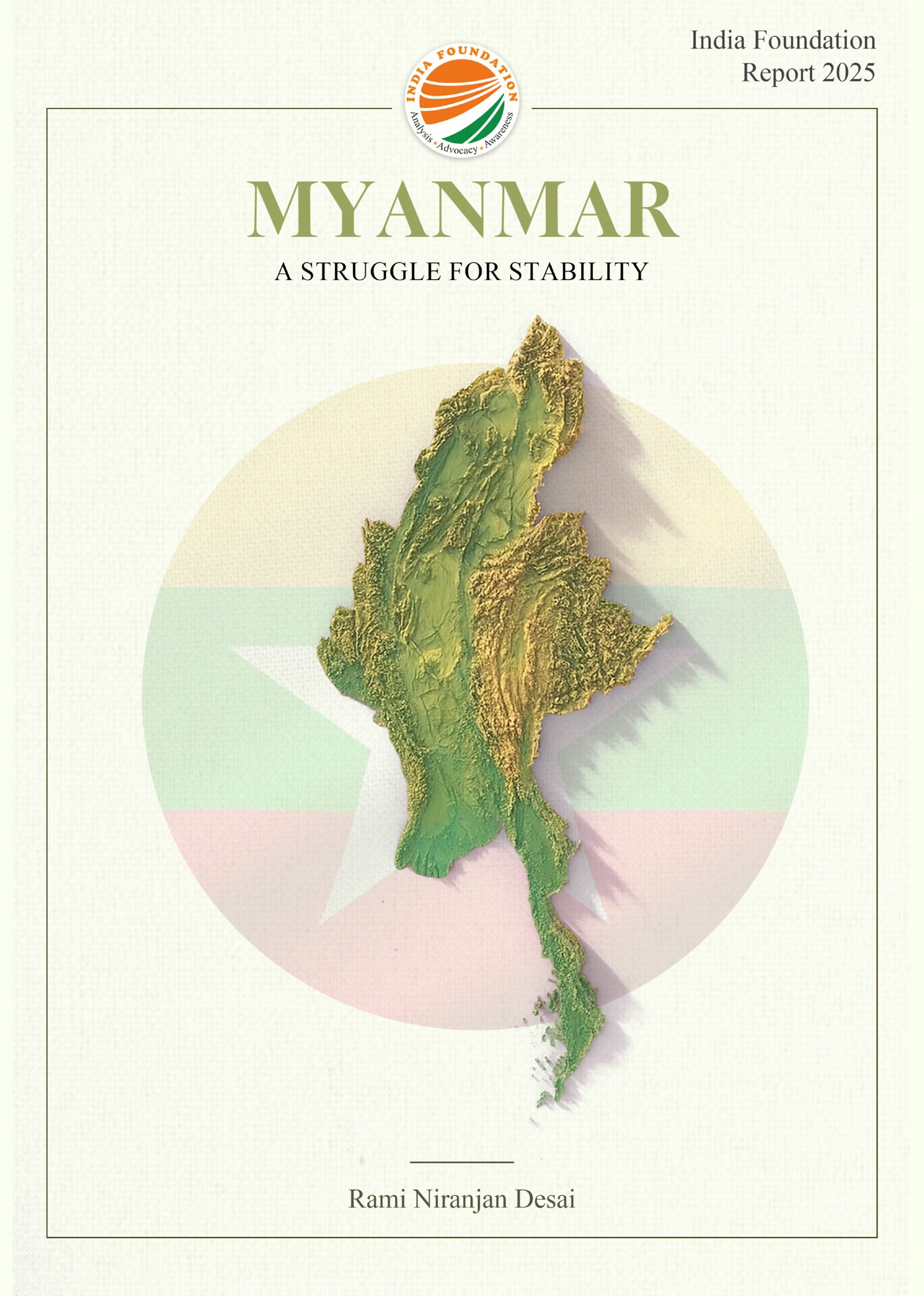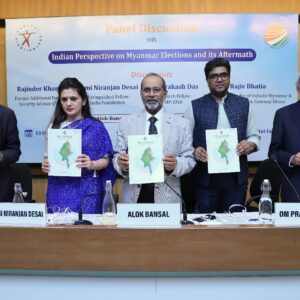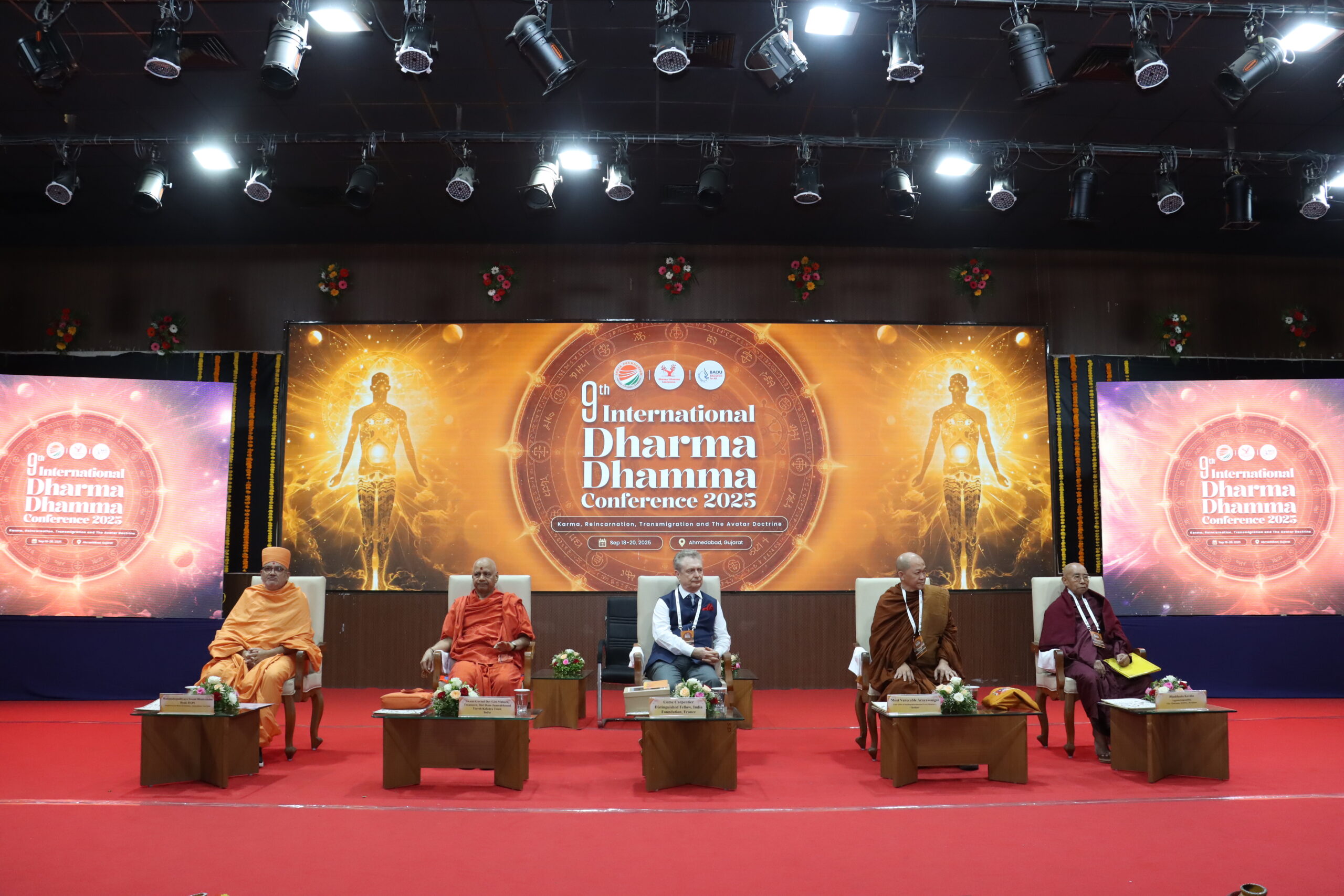The Indus Water Treaty (IWT) is under the scanner, unlike several times earlier, due to the deteriorating political and diplomatic ties between India and Pakistan—exemplified by the recent Uri attack in September. The only difference now is the strong stand of the present government in terms of security and strategy that has opened new avenues for talks on the reconsideration of this six-decade long treaty . The impetus is further emphasised by the deferring of the meeting of the Permanent Indus Commission There was speculation of even suspension of the treaty, with the Ministry of External Affairs spokesperson, Vikas Swarup cryptically hinting, “For any such treaty to work, it is important there must be mutual trust and cooperation. It can’t be a one-sided affair.”
Acknowledging the gravity of any reconsideration of the treaty, numerous opinions and debates have been thrown up which suggests various improvisations and additions which could be incorporated in the Treaty. Abrogation of the treaty is another radical idea floated, extrapolating the “offensive defence” strategy. Through the article, we explore some significant and diverse approaches to the reconsideration of the treaty, and also discuss possible ramifications.
Historical Background
IWT, signed on September 1960, is a “treaty between the government of India and the government of Pakistan concerning the most complete and satisfactory utilisation of the waters of the Indus system of rivers.” [1] It is considered as one of the most successful stories of water diplomacy, as even amidst military stand-offs and the wars of 1965, 1971 and 1999—when the atmosphere of enmity and distrust had reached the peak—both the countries abided by the bilateral commitments. The World Bank played a crucial role by acting as a broker and a mediator during the decade long negotiations leading to the signing of the Treaty.
The water-sharing treaty called for the division of the rivers into two categories, the ‘eastern rivers’ and ‘western rivers’, with the former comprising of the Beas, Ravi and Sutlej rivers allocated to India and the latter comprising Indus, Chenab and Jhelum rivers allocated to Pakistan. The treaty imposed certain restrictions on India which include severe limitations with regards to the building of ‘storages’ on the western rivers, and the extension of irrigational development in India. It also institutionalised a Permanent Indus Commission (PIC) to ensure the implementation of the provisions of the treaty, exchange and evaluation of data on water usage, works impinging on the water flows, drainage, storage, etc. of the Indus system and deliberate on issues which may arise incidental to the treaty’s functioning. [3] Further various provisions for dispute resolution are stated, specifically the appointment of a Neutral Expert (NE) if ‘difference’ of matter occurs between the governments of the two countries.
Dissatisfaction among Stakeholders
The treaty specifies the sharing of the waters of the western rivers of Indus according to the 80% – 20% rule, wherein 80% goes to Pakistan and 20% to India. This has been an issue of contention, where both the countries have expressed dissatisfaction. India says 20% is a meagre amount quantitatively, while Pakistan uses a historical argument that territories which fell into India after Partition had always used less than 10% of the waters and thus, the treaty is generous to India.[2] Further, ’ndia’s dissatisfaction arises from the stalling of its projects on the western rivers by Pakistan, due to the ambiguous meanings of words used in the document such as ‘storage’ and ‘run of river’—both of which point to the circular argument of India not being allowed to build storages on the western rivers, and since any run of the river project would have some unavoidable storage, it creates vicissitudes.
Moreover, the document is highly technical in terms of the language used and the connotations attached with it, when juxtaposed with other treaties such as India’s treaty with Nepal on Mahakali River and India’s treaty with Bangladesh on Ganges River. The technicalities of the document lead to the multiple interpretations by the engineers, which are then translated into weapons in the political arena. Thus, a simplified version with specific and unambiguous content should be crafted.
Another important stakeholder in this treaty is the state of Jammu & Kashmir, whose needs are not sufficiently catered to. Not enough has been done in terms of providing irrigation facilities, hydroelectric power and navigation to the state through development of infrastructural projects.
Western Rivers’ Utilisation
According to the treaty, India is restricted to use the western rivers only for the purposes of “domestic”, “non-consumptive use” and build storages of capacity of 3.6 million acre feet(MAF), but till date India has not build any such storage. India is allowed to irrigate up to 9.1 lakh acres of land using water from the western rivers, with an additional 4.3 lakh acres allowed if India shares more water with Pakistan. But currently, India uses these rivers to irrigate only 8 lakh acres of land. Furthermore, analysts have estimated that within the treaty specification, the western rivers can yield to India 18,600 MW of hydropower. India is presently generating only 3,034 MW from these rivers, with another projects to generate another 8,372 MW in the pipeline. [4] It could be well argued that India should maximise its use of the western rivers through construction of hydel projects, expediting the construction of dams such as Tulbul River Project, Pakal-Dol, Sawalkot and Bursar. Pakistan might raise objections as earlier seen during the development of projects such as Kishanganga and Baglihar, but a review of the treaty on these lines could definitely be considered, besides the alternative of implementing them under the ambits of the present treaty. Further, Ramaswamy R. Iyer, a water policy expert proposes the idea of “integrated” and “holistic” sharing of the waters of each of the rivers, but this might lead to future disputes as it would change the status quo.
Reconsideration from the lens of Climate Change
As the treaty was finalised in 1960, it lacks the climate change element. Recent studies reveal that Himalayan glaciers would continue to retreat drastically as a result of change in climatic conditions. This would have significant effect on flow patterns of Himalayan Rivers including those of the Indus system. In the short term, the water flow might increase with the formation of glacial lakes but the long term impact would be a decrease in river flow pattern. Also, the increasing frequency of flash floods and Glacial Lake Outburst Floods (GLOFs) are a cause of concern and both the large riparian countries, India and Pakistan—and also China—should cooperate on issues such as disaster management and early warning systems. [5] Therefore, there is an urgent need for reconsideration of the treaty from the lens of climate change.
Alternative of Abrogation
In the wake of reconsideration of the IWT, there are views expressed in favour of complete abrogation of the treaty as well. “The IWT has become an albatross around India’s neck. If India wishes to dissuade Pakistan from continuing with its proxy war, it must link the IWT’s future to Islamabad honouring its anti-terror commitment, or else the treaty collapses”, argues Brahma Chellaney, professor at the Centre for Policy Research. But, this is easier said than done. India unilaterally abrogating the treaty would not only earn a bad international image, but also would be a cause of worry for neighbours—Nepal and Bangladesh with whom India has similar water sharing agreements. Where the IWT to be abrogated, it would be difficult to rework such a treaty, despite whosoever the mediator might be this time. Since, Pakistan regularly violates ceasefire agreement on a daily basis and dishonouring the commitment of acting against terror, it would become even more difficult to conduct talks in future between the two countries.
Conclusion
Since the present government has extensively engaged with its neighbours under the ‘Neighbourhood First’ policy and has carved a niche foreign policy, abrogation would certainly not be a considered option. Reconsideration through renegotiation would be a better alternative as a part of the multi-pronged response to the recurrent terror attacks which India faces from Pakistan. The proposed constitution of an inter-ministerial commission to study the intricacies of the treaty and recommend amendments would a substantive initiative undertaken by Prime Minister Narendra Modi. This decision however should be implemented diligently whilst consulting all the stakeholders, and also to incorporate concerns raised by the Sustainable Development Goals. This would not only improvise India’s stature immensely at the global level, but also implicitly act as a handle to mend Pakistan’s behaviour, if used wisely.
The authors wrote this article with inputs from contributions from Jerin Jose. All the three are Young India Fellows (2016-2017) from Ashoka University.
Works Cited
[1]Bilateral Document on Indus Water Treaty, Ministry of External Affairs, India. 1960.
[2]Ramaswamy R. Iyer. Indus Treaty: A Different View. Economic and Political Weekly, Vol. 40, No. 29. 2005.
[3]Gautam Sen. Deactivating the Permanent Indus Waters Commission. Indian Defense Review. 2016.
[4]Charu Sudan Kasturi. Delhi dips toe but Indus treaty afloat. Telegraph India. 2016.




I appreciate the views expressed in your article. They deserve to be considered and evaluated by the concerned authority